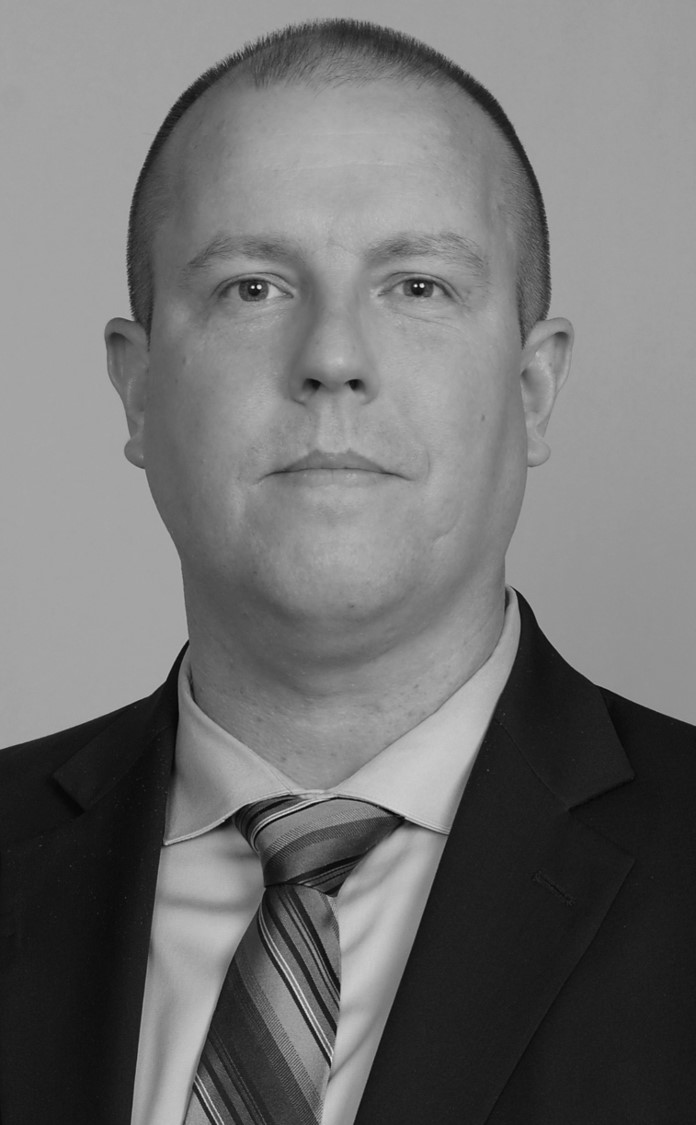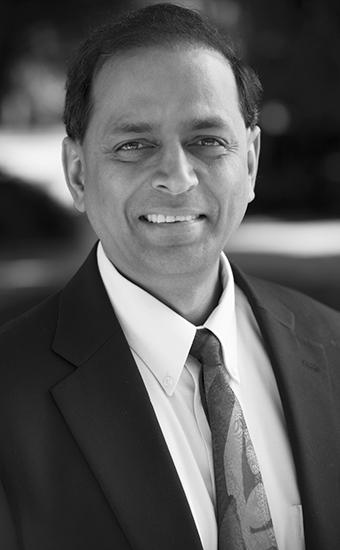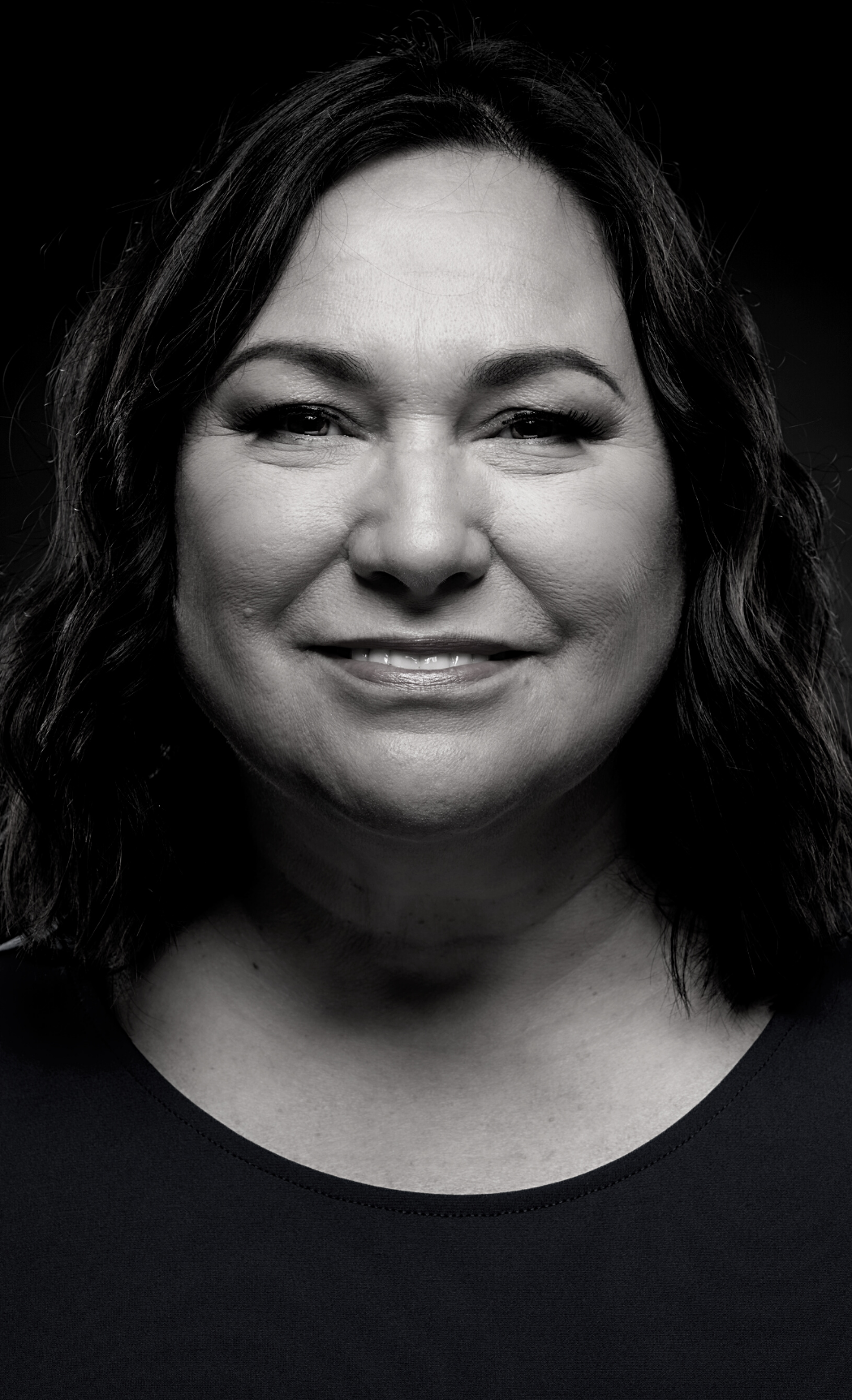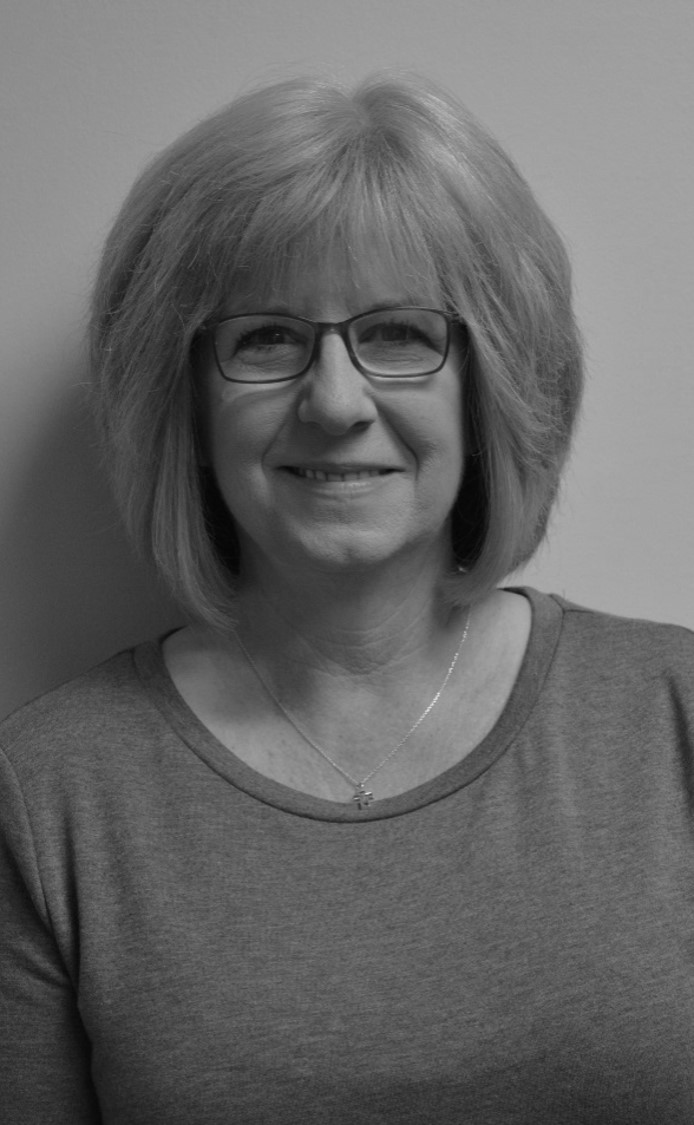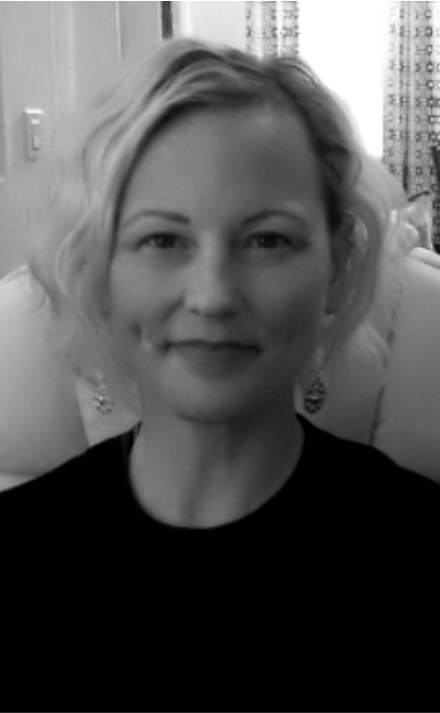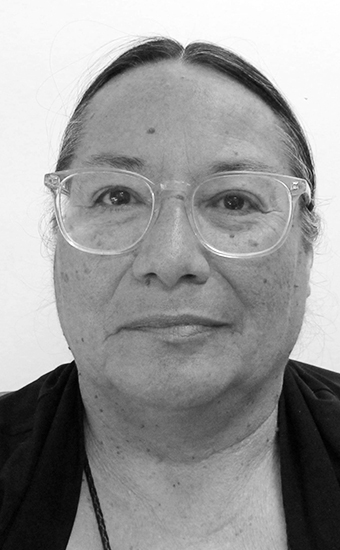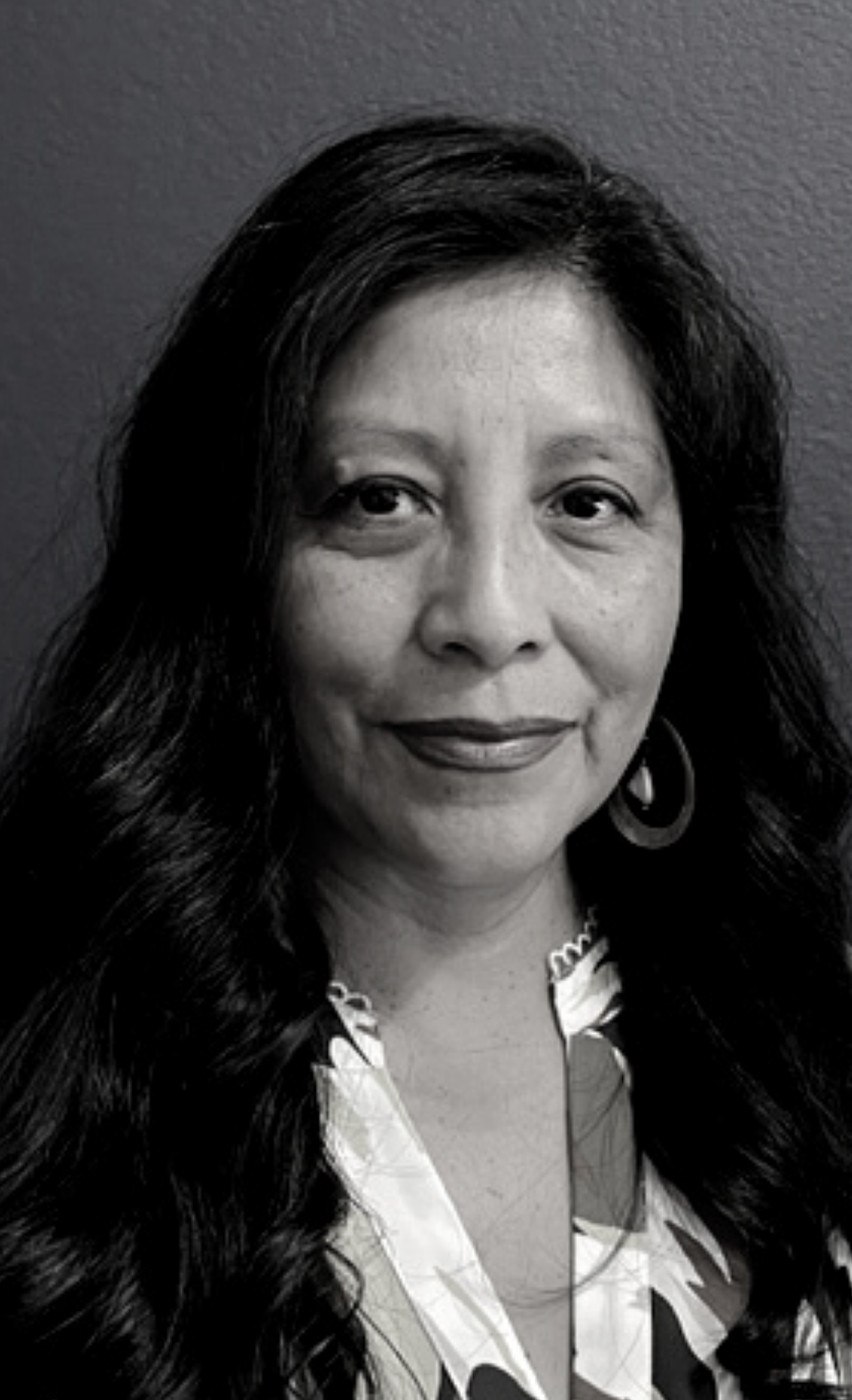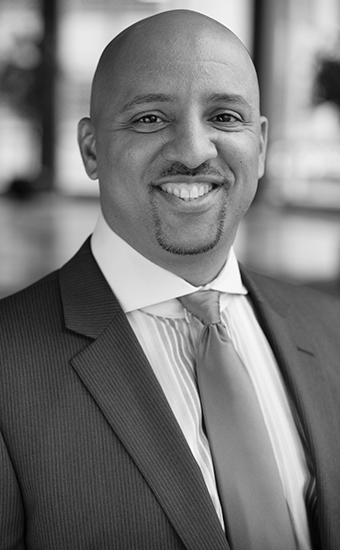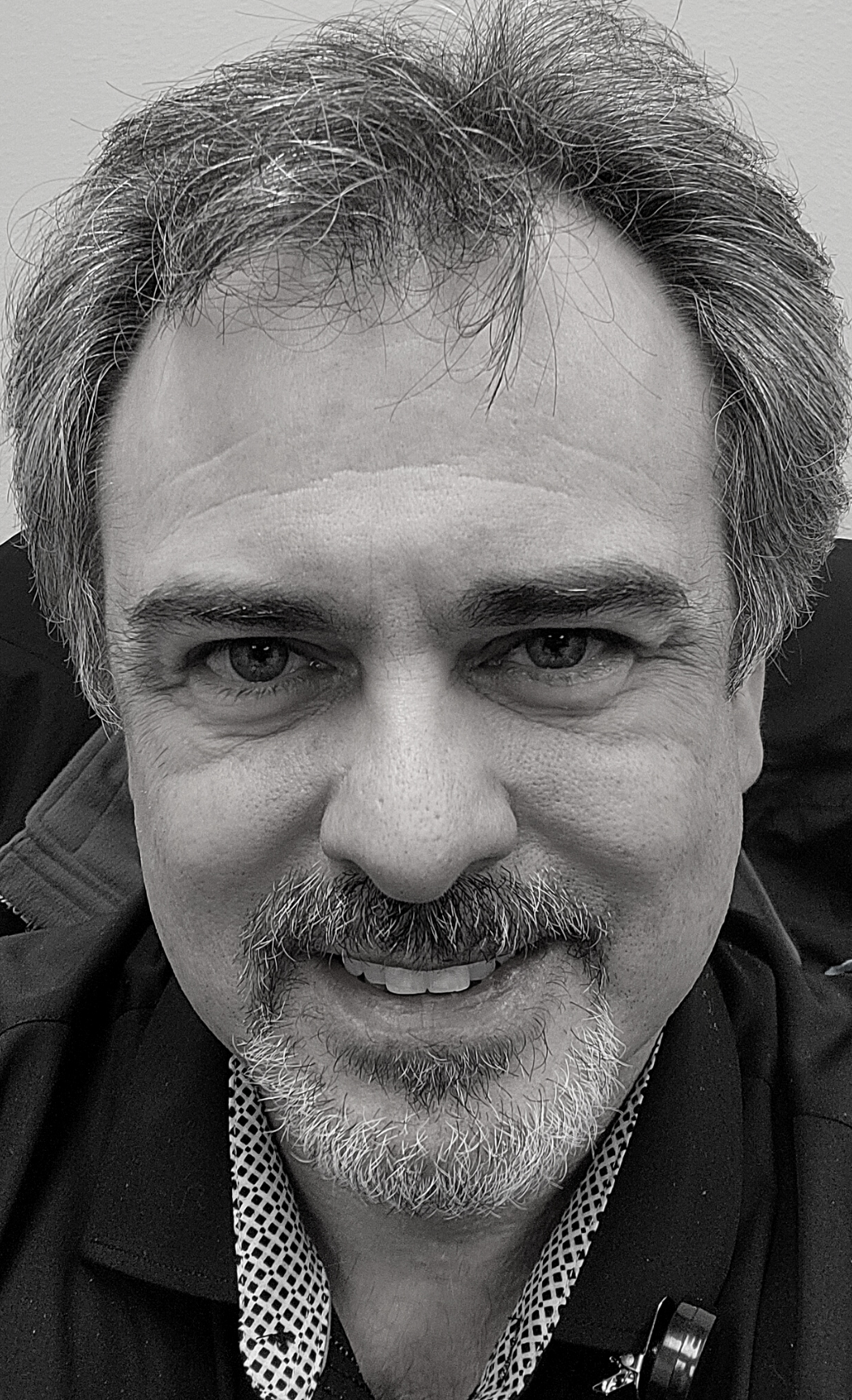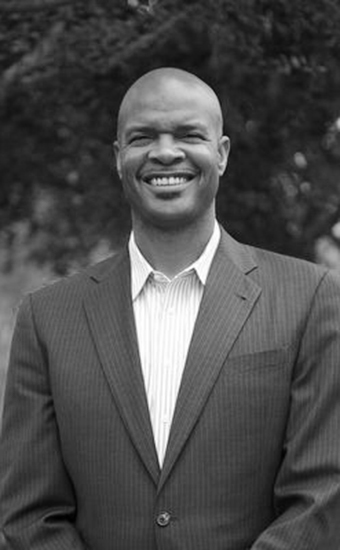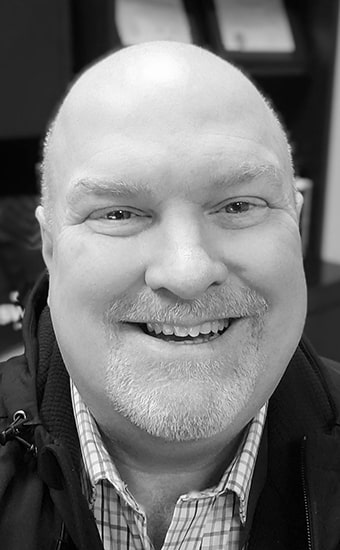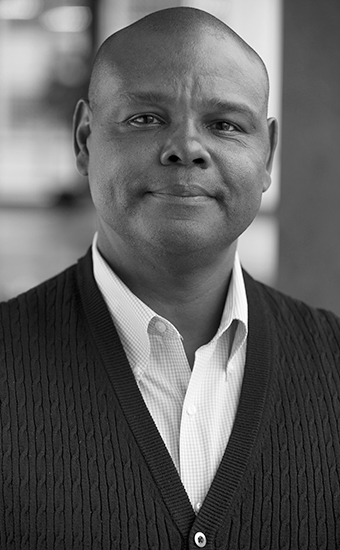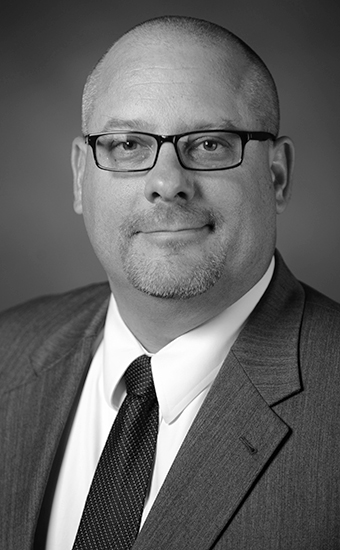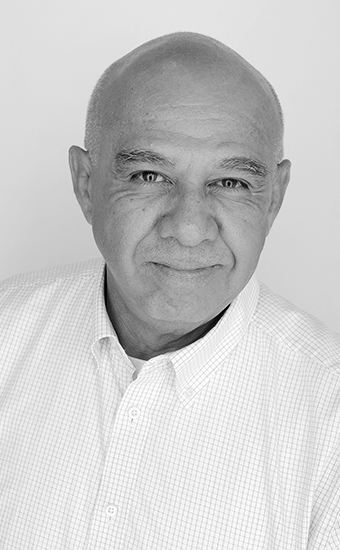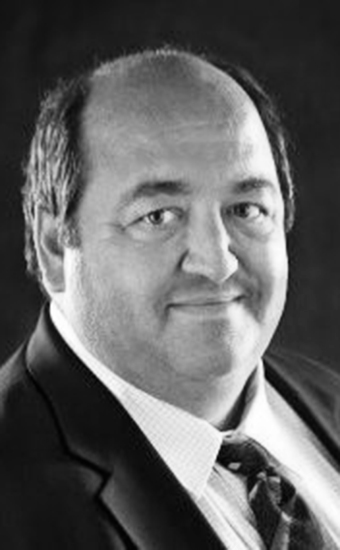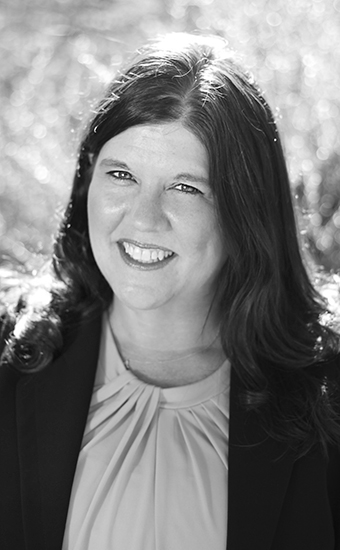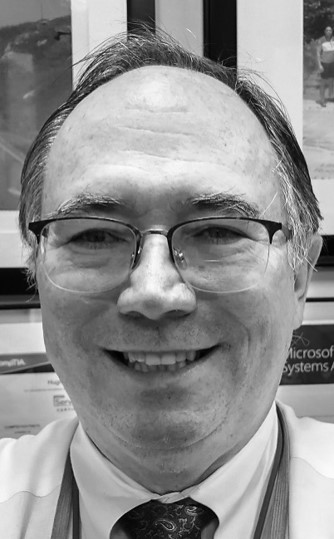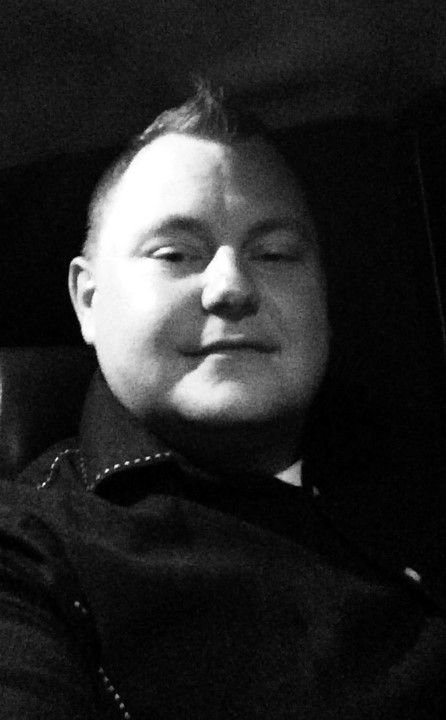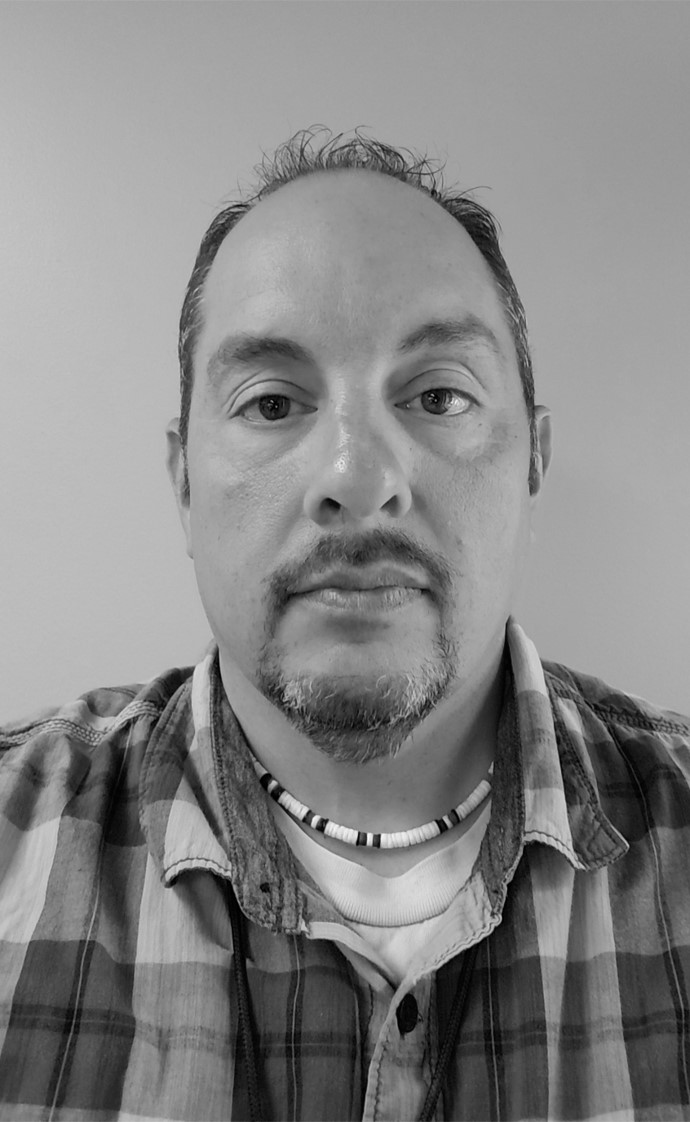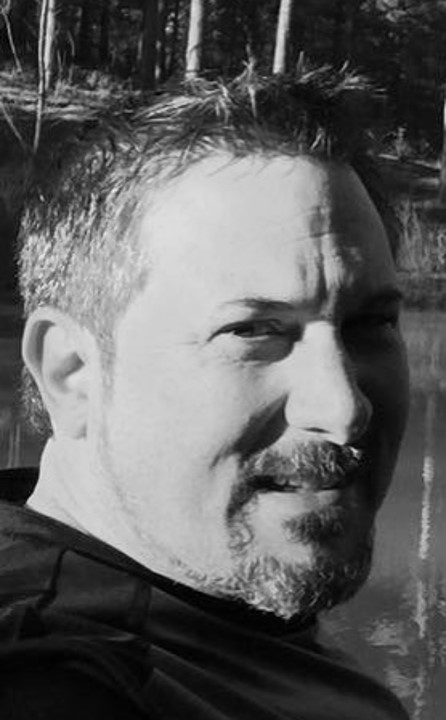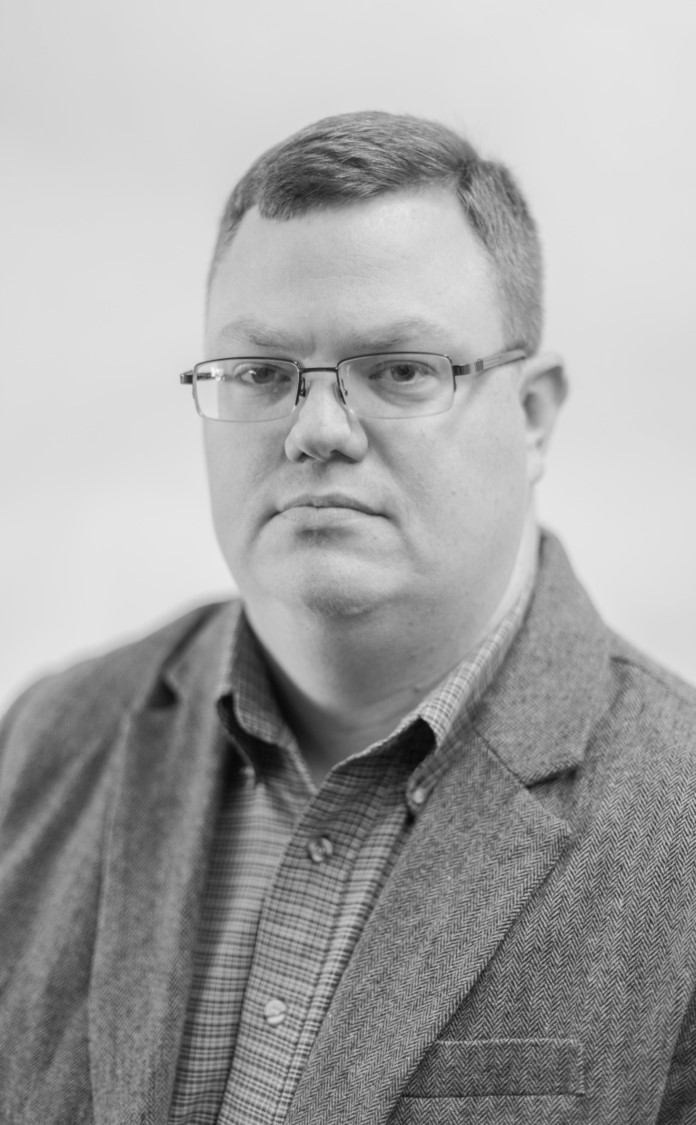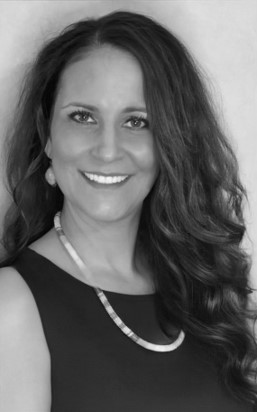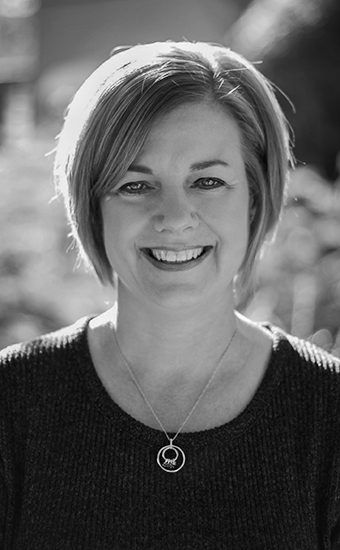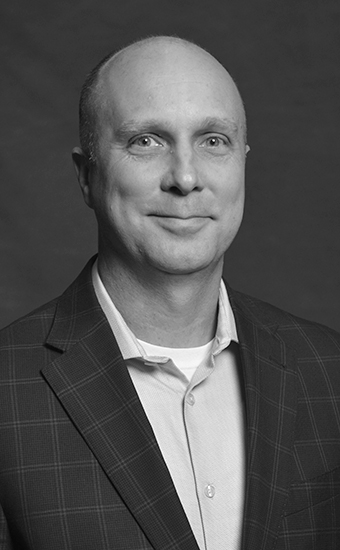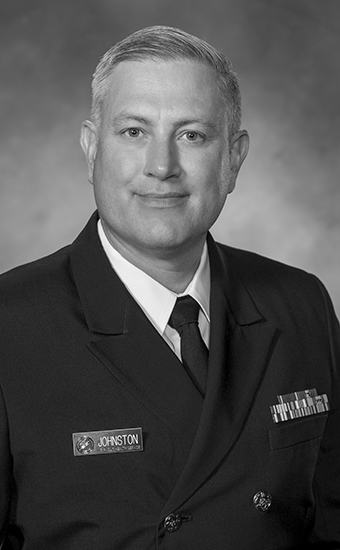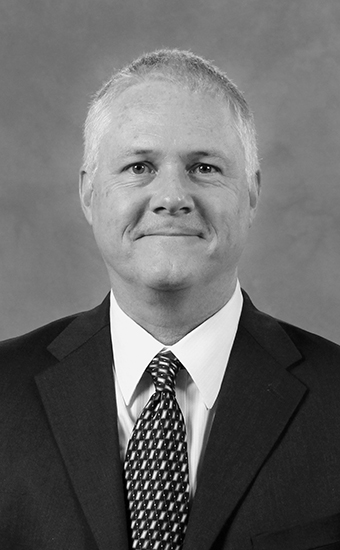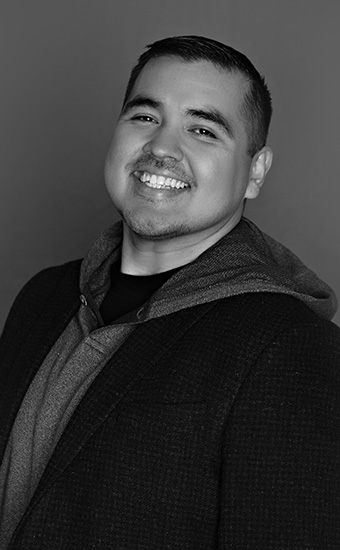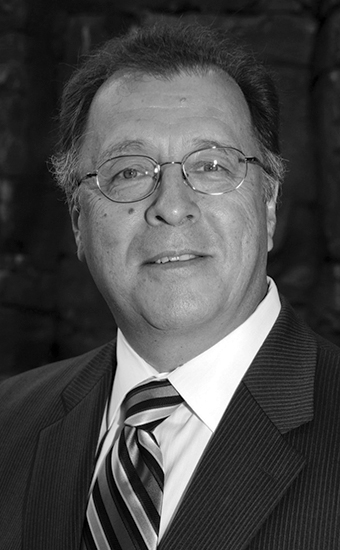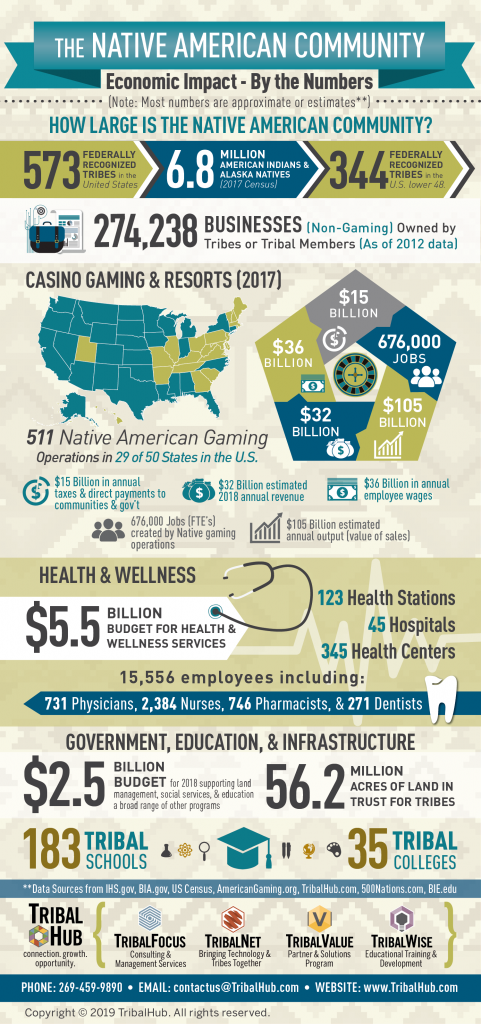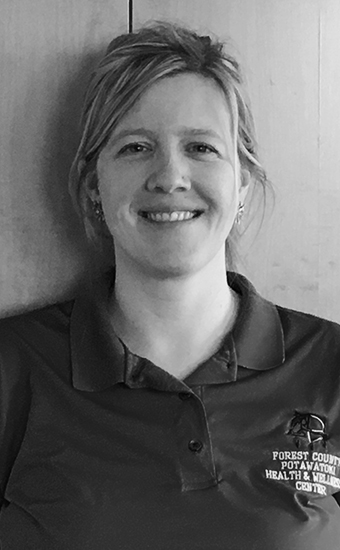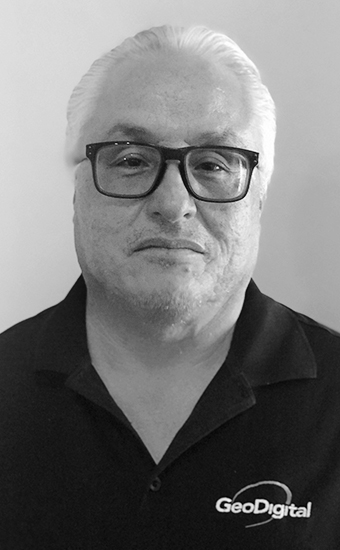Interviews with Tribal Leaders
Erik Reed, Chief Information Technology Officer
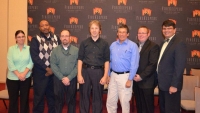
IT Team
Nottawaseppi Huron Band of the Potawatomi
Can you give us a look at the areas of the tribe your IT team of six provides support to?
Your department has grown over the last couple of years, what are some of the key projects you have been working on with your team?
Also included within the Widoktadwen Projects were various technologies that were installed within the Government Center, and Department of Public Works facility as well as both health clinics such as storage area network, server virtualization, access control, video conferencing, digital signage and much more. As we continue to move forward, we have also been focusing on developing policies, procedures and building a solid framework to work from to provide a solid foundation for years to come.
What’s coming up this year for your department?
The Technology Department is also looking to host a few Lunch and Learn sessions with our Membership on technology items such as safe browsing on the internet and protecting against identity theft, among a few others. We are also looking into holding some workshops with our youth to encourage Tribal Members to consider a career in Information Technology.
In what ways would you say you’ve had to balance “leadership” vs “technical” in your role as CIO?
How important has the support from your tribal council been for your team’s progression?
It’s been extremely important. We wouldn’t be where we are today without our dedicated staff and ongoing support of our tribal council. In fact I’d like to share another quote, this one a collaborative comment from our Tribal Council, “Leaders strive to provide members with quality care. The IT staff stands for the common good of bridging relationships and its succession. The passion and dedication of this team is another step of the revitalization for the Pine Creek Indian Reservation.” Each year the tribe publishes an annual report and year in review- you can really see the support and cohesiveness we have as an organization. IT is proud to be a big part of that, helping us all grow and move forward.
Your team was one of the recipients recognized for achievements this year at TribalNet, as recommended by your tribal council. What did this recommendation and recognition mean to you and your team?
We were honored to be the recipient of such a prestigious award. I’m fortunate to have the greatest IT Team that goes above and beyond each and every day. Their hard work, passion, dedication, technical expertise and personable approach has been the gateway to our success. We also would like to thank our Tribal Council for all of their continued support along with TribalNet for bringing Technology and Tribes together. This was our first time attending the conference and we will definitely be back this year. We attended some very valuable presentations and the networking with other Tribes was beneficial as well. We are looking forward to this year’s event.
Jamie Gliddon, IT Director
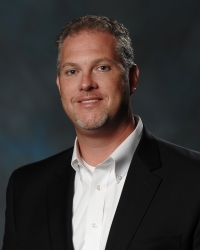
Jamie Gliddon
Wind Creek Casino & Hotel – Atmore
IT Director
What can you tell us about your IT department and the gaming properties owned by the Poarch Band of Creek Indians?
With constant innovative ideas in tribal gaming- what are some of the technologies your team has worked on that have that “cool factor”?
What can you tell us about some of the hospitality and non-gaming projects your team has been working on?
Wind Creek Hospitality has had a place in the social gaming space for a couple years now, what can you tell us about that?
We would like to thank Jamie for taking the time to do this interview with us.
He welcomes your questions and comments and can be reached at:
[email protected]
David Kavaljian, IT Director

David Kavaljian
Comanche Nation Gaming
IT Director
Can you give us a preview of your IT team’s portfolio?
What can you tell us about the infrastructure across so many sites?
What can you tell us about IT’s involvement with the tribe’s expansion projects?
With so many key projects in addition to day-to-day are you doing anything different to lead your team?
Dennis Dyer – Director of IT & Health Representatives, Dustin Farris – IT Coordinator & Heather Westberg – Scanning Coordinator

Dennis Dyer, Dustin Farris & Heather Westberg
Citizen Potawatomi Nation
Director of IT & Health Representatives, IT Coordinator & Scanning Coordinator
What areas does your IT team provide services and support to?
What can you tell us about your health division specifically?
What are some of your key IT projects within the health division?
What initiatives are you working on that affect other tribal organizations and communities?
Matt Clay, IT Director

Matt Clay
Pokagon Band of Potawatomi Indians
IT Director
Can you give us a look inside your department’s structure and areas you provide IT support to?
Can you tell us about some of the key projects your team has been working on this year?
Prior to my arrival in the Spring of 2012 the Electronic Health Records project kicked off at our health clinic. It was a fairly big undertaking for our tribe to roll out and was primarily led by our Director of Health with the goal of improving patient care. We currently are in the process of building a new health facility that will house both our health clinic and behavioral health. With the needs of support for the health division increasing we are aiming to have a dedicated IT staff contact at the new site when complete.
Tribal-wide:
After an assessment of our entire infrastructure we made several improvements to our network. Our major goals were to increase bandwidth and improve our storage replace several aging servers, and disaster recovery methods. To achieve this, we installed 50 Megs of fiber, upgraded all of our SANS storage units, replaced equipment to have full redundancy, lightened our server load by deploying virtualization and installing new cooling units. We upgraded MS System Center, our management tool for the entire network. This improvement gives us the ability to push out updates, upgrades and better perform remote monitoring. Other projects that helped with remote access and improved communications were; the installation of MS Office 365, the switch to Cisco VOIP and installation of MS Lync utilizing CuciLync. I believe we are one of the first tribes to do O365. With several of the improvements we’ve made this past year, the upgrade from Microsoft Dynamics CRM 4.0 to 2011 is one of our biggest moving forward. We utilize the system to manage enrollment and have begun integrating into a few divisions to cut down on waste and improve efficiency by going paperless. We do hope to spread this to as many departments as we can in the upcoming year allowing us to gather citizen data for all the departments in one location.


